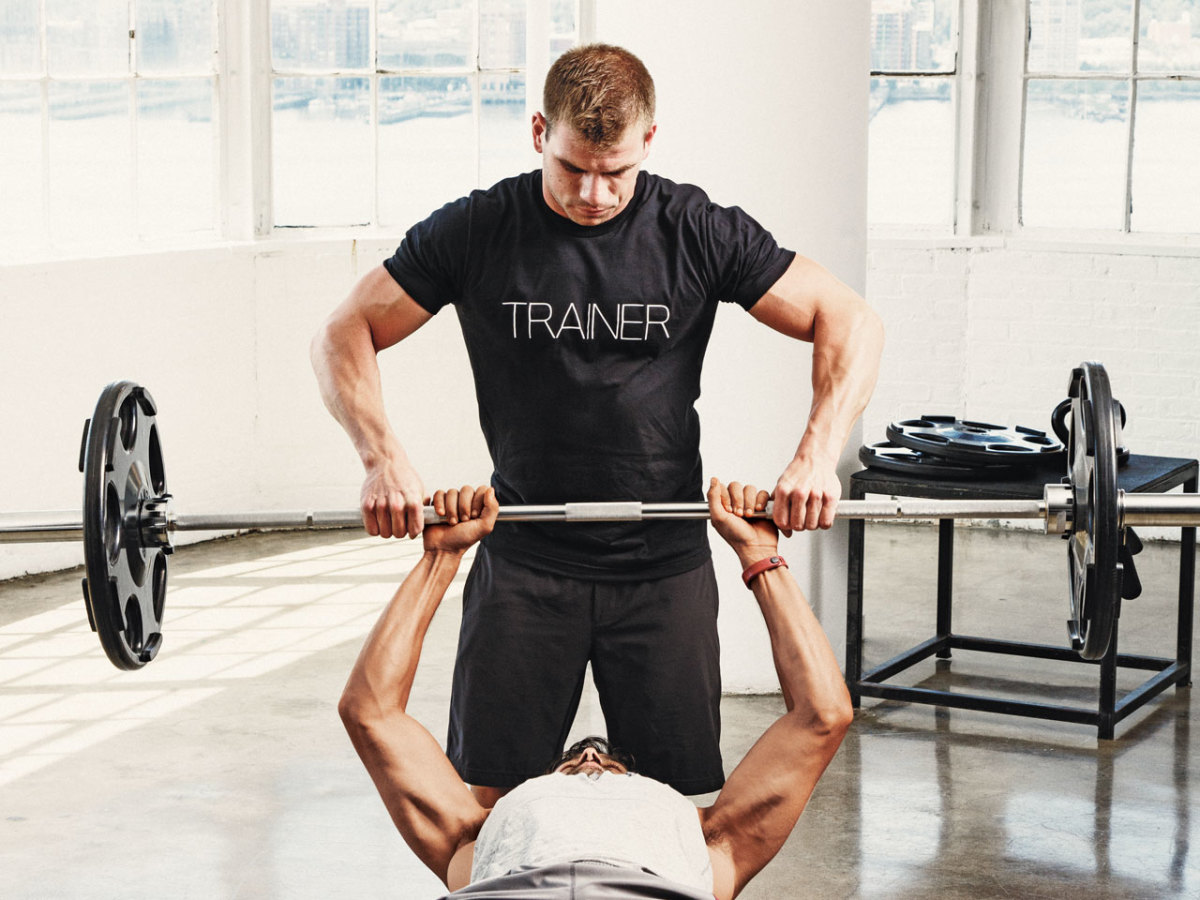Tenafly Personal Trainers work with individuals on a one-to-one basis to help them achieve their health and fitness goals. They can operate independently or as part of a gym-based organisation.
A good Personal Trainer will be able to keep you motivated through your workout, provide a fresh perspective on your training program and push you when you’re teetering on the edge of your limits.

Setting goals is a common practice for personal trainers as it can help with motivation, planning and accountability. It is essential that a Personal Trainer takes the time to set long term and short term goals for both themselves and their clients as this will ensure that they are making progress towards the results they want.
Using the SMART acronym to plan goals will help your clients stay on track with their fitness, as it ensures that each goal is specific, measurable, achievable, realistic and time-bound. Having a deadline for the goals will also make them real and will give your client a sense of urgency which will push them to take action, and is essential to keep their training on track.
To be measurable, your goal should include metrics such as how much money you want to earn or how many new clients you will sign up. You may want to use an app or piece of software to help you track your performance and create a chart with your current metrics and the metric you are trying to achieve. For example, a personal trainer could aim to earn an additional $10,000 by signing three extra clients in the next month, which is a measurable and time-bound goal.
Other measurable goals could be taking further CPD fitness courses that will enable you to offer additional services to your clients, such as a nutrition programme. This is a measurable and relevant goal that will allow you to offer a more comprehensive service, increase your rate of client retention and generate higher revenues. Alternatively, you may decide to launch a new fitness program that will boost client satisfaction and improve your reputation. This is another measurable and relevant goal with a clear timeline of 8 months to achieve it.
If you’re looking to make the most out of your workouts, then you need to be motivated. Less than 25% of Americans get enough physical activity, and a lack of enjoyment is often cited as the biggest barrier to exercise. A personal trainer can help you overcome this by creating varied and fun workouts that keep things interesting. They can also act as your support system, cheering you on when it’s challenging and encouraging you to push yourself further.
Personal trainers can also encourage their clients to become part of a community of support, which helps boost intrinsic motivation. They can do this by using social media to share motivational messages and encourage their clients to share their fitness successes on social media. This can help them create a sense of belonging and feel supported by others, which will motivate them to continue their positive behaviors for the long term.
Extrinsic motivators such as aplauding your client, giving them a special reward or shout out on social media can be used sparingly. They work best when you are trying to kickstart a new behavior or get a client to increase their participation in an existing behavior. However, they should never be used to replace or reinforce a client’s own motivation for a long-term behavior.
The most important skill a personal trainer needs is to understand what motivates their clients, and when to use different forms of motivation. They should know when to use extrinsic and intrinsic motivators, as well as how to implement goal setting strategies that are effective at each stage of the change process. This is known as Motivational Interviewing, and it involves using open-ended questions to explore their client’s feelings and resolve their ambivalence about changing their behavior.
A Personal Trainer will always have the goal of helping their clients to achieve a higher level of fitness. In order to do this, it is important that the trainer has a clear understanding of their client’s goals. This will help them to create a training programme that is effective in achieving those goals.
To do this, the trainer must apply the principles of specificity and overload to their client’s exercise programme. Specificity refers to performing exercises that target the muscles or muscle groups that will be used in a particular activity. For example, if someone is training for a marathon, they may need to perform a number of running workouts in their programme. But they should also incorporate other types of strength training and cardiovascular exercises to prepare for the marathon.
On the other hand, overload refers to increasing the intensity of a client’s exercise programme in a period of time. This could be as simple as increasing the amount of repetitions, sets or weight of an exercise. Or it could be as complex as increasing the duration of a session. This is a critical aspect of any training programme, as it is well known that increased volume leads to greater hypertrophy.
The personal trainer must also understand the principle of use and disuse, or “use it or lose it.” If a client does not regularly exercise, they will eventually lose the ability to do so. This is because the body adapts to the stress of exercise by changing its structure and function. For example, if a triathlete wants to train for the different disciplines of their sport, they need to perform functional training to develop their core, quads, hamstrings and glutes. This will allow them to move more efficiently in the different disciplines and improve their aerobic capacity, lactate threshold and endurance.
When it comes to a Personal Trainer, they will often spend time working on goals with their clients that are both challenging and achievable. They will also take into account a client’s current fitness levels and goals when they create a workout plan customised to them. This could involve a range of different exercises, aiming to target various muscle groups or work on improving cardiovascular health.
One important element of this is the Personal Training uniform, and this is something that can be customised to help promote a trainer’s business. For example, a PT can have their name and job title embroidered on the front of their uniforms, which is an effective way to brand themselves while creating a sense of community within the business. This is especially helpful if a PT has staff, as it will show that they are all part of the same professional team.
The best Personal Trainer uniforms will be comfortable and practical for the wearer, as well as promoting a professional look. It is also important to consider what type of clothing will be most suitable for the weather where a Personal Trainer works. During the summer, for example, shorts and a T-shirt may be a good option, but for winter sessions a tracksuit or jacket is likely to be necessary.
When it comes to customising a Personal Trainer uniform, there are several options available, including customizing the colours of their outfits and adding a logo. A great place to start is with a company that specialises in personalised sportswear, such as Team Shirts. They can provide a wide range of different items in a variety of fabrics, from high-performance breathable materials to soft cotton garments. They also offer a free printable graphics service, allowing you to truly hone your branding.
A personal trainer’s primary concern is to create a safe training environment for their clients. This involves ensuring that the outdoor setting is free of hazards, that all equipment is working properly, and that all sessions are performed under appropriate weather conditions. It also involves regularly assessing client progress and making changes to ensure they are progressing without injury.
Personal Trainers are at risk of physical injuries and strains during their workouts. This is a result of carrying and handling heavy equipment as well as demonstrating exercises to clients. It is therefore important that they follow good exercise practices such as proper lifting techniques and avoiding excessive exercise intensity.
It is also essential that Personal Trainers understand and comply with fitness industry regulations. This includes maintaining a clean and hazard-free training environment and communicating emergency response procedures to their clients.
The trainer’s responsibility to their clients extends beyond just their own safety, as they are legally liable for any damages caused to their clients’ property during a session. This can include damage to gym equipment and personal belongings. It’s important that Personal Trainers take precautions to protect their client’s possessions by covering them with towels or putting them in lockers where possible.
